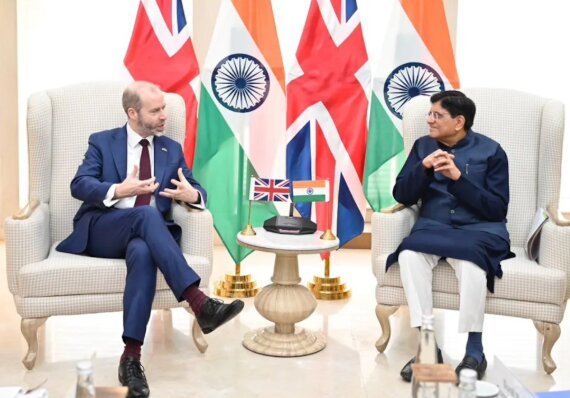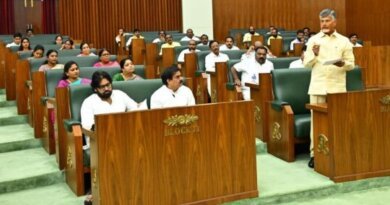India–UK Defense Pact: Strategic Leap in Missile Modernization

India has taken a decisive step in strengthening its defense capabilities by signing a £350 million agreement with the United Kingdom for the procurement of Martlet lightweight multirole missiles. This landmark deal marks a new chapter in bilateral military cooperation and signals India’s intent to modernize its armed forces with precision weaponry.
The Martlet missile, developed by Thales Air Defence in the UK, is a 13 kg lightweight system designed for high-speed deployment. Capable of traveling at 1.5 times the speed of sound, it offers tactical flexibility across land and naval platforms. The Indian Army will be the primary beneficiary of this acquisition, with deployment expected to begin in phases over the next two years.
British Prime Minister Keir Starmer’s recent visit to Mumbai was pivotal in finalizing the agreement. Accompanied by a delegation of 125 business leaders, Starmer met with Prime Minister Narendra Modi to discuss strategic partnerships across defense, trade, and technology. The missile deal was signed on the second day of the visit, reflecting mutual trust and shared geopolitical interests.
Beyond defense, the pact is expected to generate over 700 jobs in Northern Ireland, where the missiles are manufactured. This economic ripple effect underscores the deal’s significance for both nations—not just in terms of security, but also industrial collaboration.
India’s defense modernization has accelerated in recent years, with a focus on agile, high-precision systems. The Martlet missile fits into this vision, offering versatility against aerial and surface threats. Its lightweight design allows for integration with armored vehicles, helicopters, and naval ships, making it a valuable asset across multiple combat scenarios.
The deal also opens doors for future co-development of complex weapons systems. Both nations are exploring joint ventures in missile technology, cyber defense, and AI-based battlefield solutions. This aligns with India’s “Make in India” initiative, which encourages domestic manufacturing with global collaboration.
Security analysts view the Martlet acquisition as a strategic counterbalance in the Indo-Pacific region. With rising tensions and evolving threats, India’s investment in advanced missile systems enhances its deterrence capabilities and operational readiness.
The timing of the deal is also notable. As global defense alliances shift, India and the UK are reaffirming their commitment to a rules-based international order. The Martlet pact is not just a transaction—it’s a signal of shared values and long-term strategic alignment.
In the broader context, this agreement complements India’s recent defense engagements with France, the US, and Israel. It reflects a multi-vector approach to security, where partnerships are diversified to ensure resilience and technological superiority.
For the UK, the deal strengthens its post-Brexit global outreach. By deepening ties with India, Britain is positioning itself as a reliable defense partner in Asia, a region of growing strategic importance.
The Martlet missile’s deployment will be closely watched by defense experts and geopolitical observers. Its performance in Indian terrain and integration with existing platforms will determine future procurement volumes and potential upgrades.
As India continues to invest in smart weaponry, the Martlet deal stands out as a milestone in its journey toward a modern, responsive, and globally integrated defense ecosystem.
This development also resonates with India’s youth and tech-driven workforce, many of whom are engaged in defense R&D and manufacturing. The ripple effects of such deals extend into education, employment, and innovation.
In conclusion, the India–UK Martlet missile pact is more than a defense transaction—it’s a strategic handshake that blends technology, trust, and tactical foresight. It sets the tone for future collaborations and reinforces India’s position as a key player in global security architecture.



